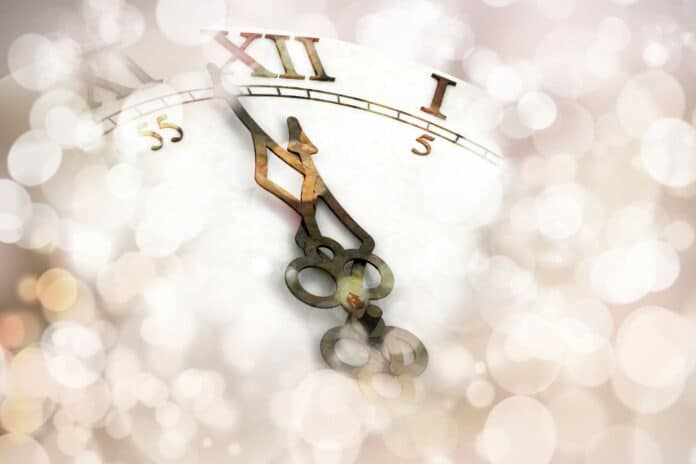Aging researchers have long recognized the connection between DNA methylation, which is changes to our genetic structure affecting gene function, and its impact on Aging. Certain parts of our DNA, called CpG sites, are closely linked to Aging. Lifestyle factors like smoking and diet can affect DNA methylation, as can our genetic makeup, which explains why people with similar lifestyles may age differently.
Current epigenetic clocks use DNA methylation patterns to estimate biological age, which is the age of our cells rather than our chronological age. However, existing clocks haven’t been able to distinguish between methylation changes that cause Aging and those associated with the aging process.
Machine learning models based on DNA methylation data can predict biological age but often lack causal insights.
Researchers at Brigham and Women’s Hospital have introduced a new type of epigenetic clock, a tool that predicts biological age based on DNA structure. Unlike previous clocks, this novel model can differentiate between genetic factors that slow down or speed up aging. It accurately predicts biological age and assesses the effectiveness of anti-aging treatments with improved precision.
This is the first clock to distinguish between cause and effect. The watches differentiate between changes that accelerate and counteract Aging to predict biological age and assess the efficacy of aging interventions.
Researchers used an extensive genetic data set to perform an epigenome-wide Mendelian Randomization (EWMR). This technique randomizes data and establishes causation between DNA structure and observable traits on 20,509 CpG sites that are causal to eight aging-related characteristics.
The study examined eight traits related to Aging, including lifespan, extreme longevity (survival beyond the 90th percentile), health span (age at first incidence of primary age-related disease), frailty index (a measure of frailty based on health deficits), self-rated health, and three broader aging-related measurements incorporating family history, socioeconomic status, and other health factors.
Using these traits and associated DNA sites, researchers created three models: CausAge, which predicts biological age based on causal DNA factors, and DamAge and AdaptAge, which consider only damaging or protective changes. They analyzed blood samples from 7,036 individuals aged 18 to 93 from the “Generation Scotland Cohort” and trained their model using data from 2,664 individuals.
Based on this data, researchers developed a map identifying human CpG sites that cause biological Aging. This map helps identify aging biomarkers and assess how different interventions can affect longevity or accelerate Aging.
Scientists assessed the accuracy of their clocks using data from 4,651 individuals in the Framingham Heart Study and the Normative Aging Study. They found that DamAge was associated with adverse outcomes, such as mortality, while AdaptAge was linked to longevity. This suggests that age-related damage contributes to the risk of death, whereas protective changes in DNA methylation may promote a longer lifespan.
The researchers also tested the clocks’ ability to measure biological age by reprogramming stem cells, which involves transforming specialized cells (like skin cells) into a younger, less specialized state. When they applied the clocks to the reprogrammed cells, DamAge decreased, indicating a reduction in age-related damage. However, AdaptAge did not show a consistent pattern.
Finally, the team evaluated the clocks’ performance in biological samples from patients with various chronic conditions, including cancer and hypertension, as well as samples damaged by lifestyle choices like smoking. DamAge consistently increased in conditions associated with age-related damage, while AdaptAge decreased, suggesting protective adaptations.
Gladyshev said, “Aging is a complex process, and we still do not know what interventions against it work. Our findings present a step forward for aging research, allowing us to quantify biological age more accurately and evaluate the ability of novel aging interventions to increase longevity.”
Journal Reference:
- Ying, K., Liu, H., Tarkhov, A.E. et al. Causality-enriched epigenetic age uncouples damage and adaptation. Nat Aging (2024). DOI: 10.1038/s43587-023-00557-0
